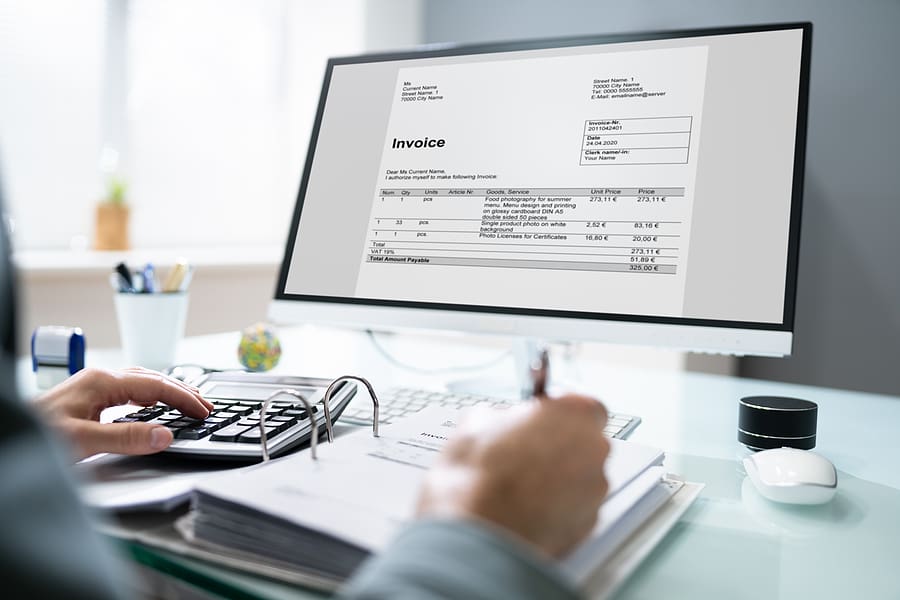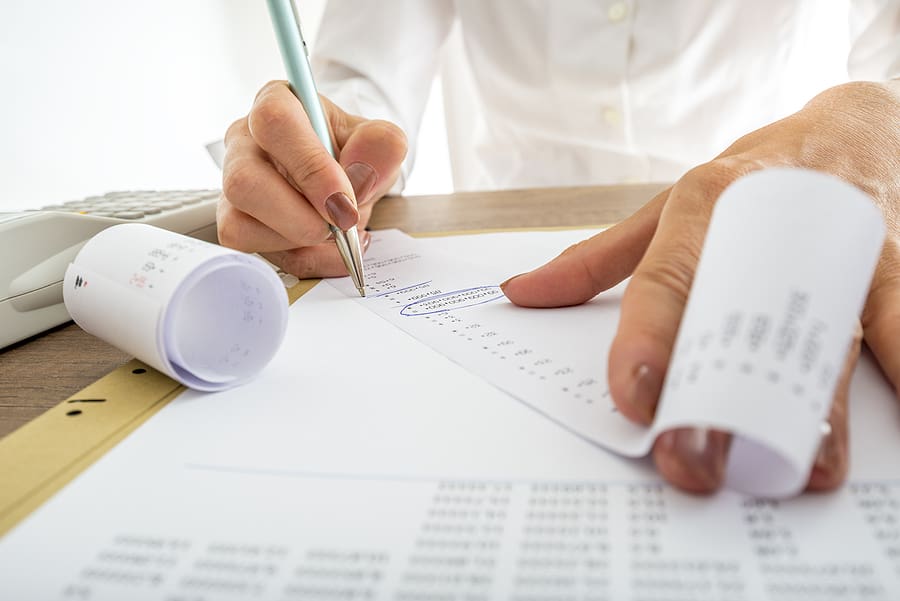Navigating Tax Compliance: A Guide to Use Tax and Sales Tax Differences
Sales tax and use tax are sometimes referred to as “companion taxes”, as they are so similar. The notable difference is how and who pays the tax. States are very concerned with all tax revenue being both paid and reported, because state programs are funded by the taxes that are collected. Use tax is designed to level the playing field and ensure that all goods that are taxable are taxed and paid appropriately. While consumers may or may not concern themselves with use tax, understanding the difference is extremely important for businesses, as non-compliance can risk an audit, fines, or other penalties.

Understanding Sales Tax
Sales tax is a consumption tax paid to the state for taxable goods at the time of purchase. For example, if Ohio has a 5.75% state sales tax and a max local sales tax of 2.25%, this means that taxable goods can have up to 8% tax added to the total receipt (depending on the county). This tax will be paid by the customer directly to the retailer or vendor at the time of purchase, and then this tax will be passed on to the government by the retailer. The tax may have certain exemptions, such as for groceries or clothing up to a certain dollar amount, but for items like furniture or other goods, consumers can expect to pay the tax as part of their total bill.
Exploring Use Tax
Use tax is a transaction tax that is paid on goods and services that was not collected as sales tax at the time of purchase. This tax is not collected or paid for by the vendor, but is the responsibility of the buyer. This tax is designed, in part, for transactions that cross state lines. Since out-of-state retailers may not be required to collect tax, a use tax will be expected at the in-state rate to be paid by the consumer. For example, if you purchase equipment for your business from another state and are not charged sales tax, you will be required to pay use tax for those items in your own state at your state’s percentage. If items are intended for resale and you didn’t pay sales tax, you will pay use tax.
Seller’s use tax is often considered the same as sales tax, and is sometimes referred to as retailer use tax. Tax will be collected and remitted by an out-of-state seller, just as sales tax, but will be remitted on a use tax return, not a sales tax return. Because large purchases are generally made by businesses, they bear the burden of the use tax.
Key Differences Between Sales Tax and Use Tax
This can be confusing, especially for business owners who want to make sure that they are staying compliant with their tax responsibilities, but also not paying tax twice for the same goods. Sales tax and use tax are assessed at the same rate, apply to the same retail items, and go to fund the same state programs. The differences come down to who collects the tax. For sales tax, the tax is collected by the retailer and submitted to the government using an online portal. Use tax is reported by the purchaser to the government, only when there was no sales tax paid at the time of purchase of a taxable item. If sales tax has already been paid on the item, no use tax is calculated. For many businesses, this becomes an issue when purchasing items for the business. If an online or out-of-state retailer did not collect sales tax on the purchases, the company needs to remit a use tax directly to the state through the online portal.
Tax Liability for Businesses
If you’re a business owner, it’s important to understand your tax responsibilities, because there are consequences for non-compliance. When a taxable good or service passes through a business owner, tax needs to be paid. Auditors will look for businesses that make purchases that go across state lines and do not pay tax properly, usually flagging expenses, fixed assets, and inventory transfers. If tax is not paid, either via sales tax or use tax, states can charge negligence penalties for paying late or paying the wrong amount, and if it’s determined that your business is intentionally omitting paying use taxes, your business can face criminal charges and fines. Mismanaging use tax can be a very costly error.
Calculating and Reporting Use Tax
To calculate use tax, multiply the cost of the taxable goods or services by the state or local tax rate. Taxes are regulated by each state, so it’s important to understand the tax percentage and what is eligible. In some states, shipping is also considered taxable, but not always.
To pay use tax, you will use a use tax form and report your use tax liability with your annual, monthly, or quarterly tax return. A few states have use tax notices that must be submitted regarding tax liability. Although Ohio is not among these states, businesses who have transactions in states that do require notice about liability will still need to take note.
Compliance and Adaptation
Sales and use tax are subject to laws and regulations that may change, so it’s important for businesses to stay up to date with current tax laws, and how they will be impacted by any changes. Tax professionals can help businesses make sure they are staying compliant when tax codes change.
The bottom line is that taxes apply to taxable goods and services, and the main difference between sales and use tax is who is responsible for paying and reporting the tax. As your comprehensive bookkeeping resource, In Balance Bookkeeping Solutions can help you understand complex tax compliance laws and provide a variety of services to keep your business finances organized. To learn more about how we can help, contact us today.






